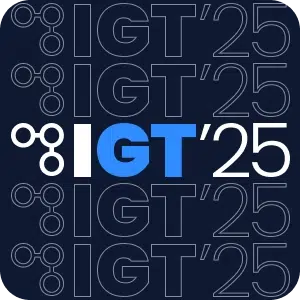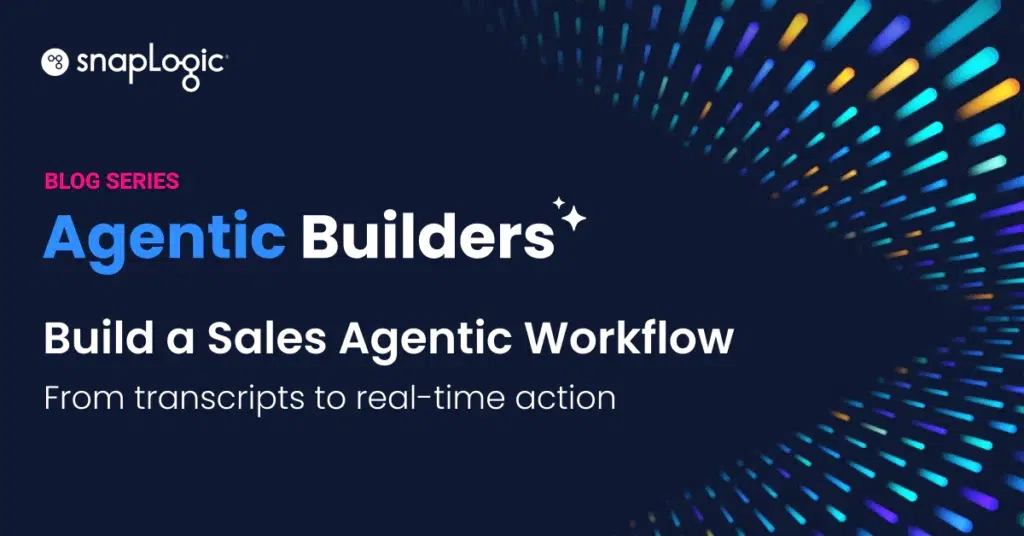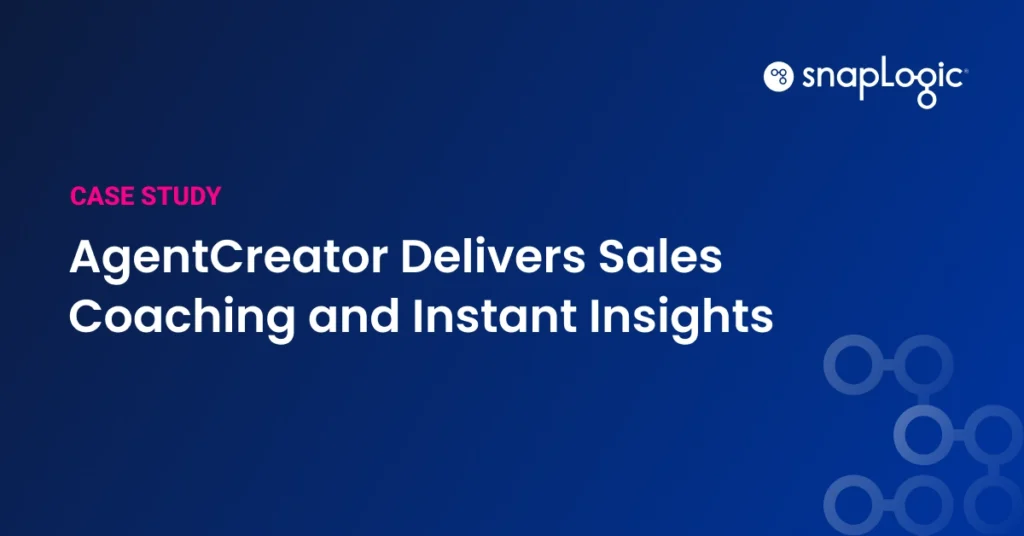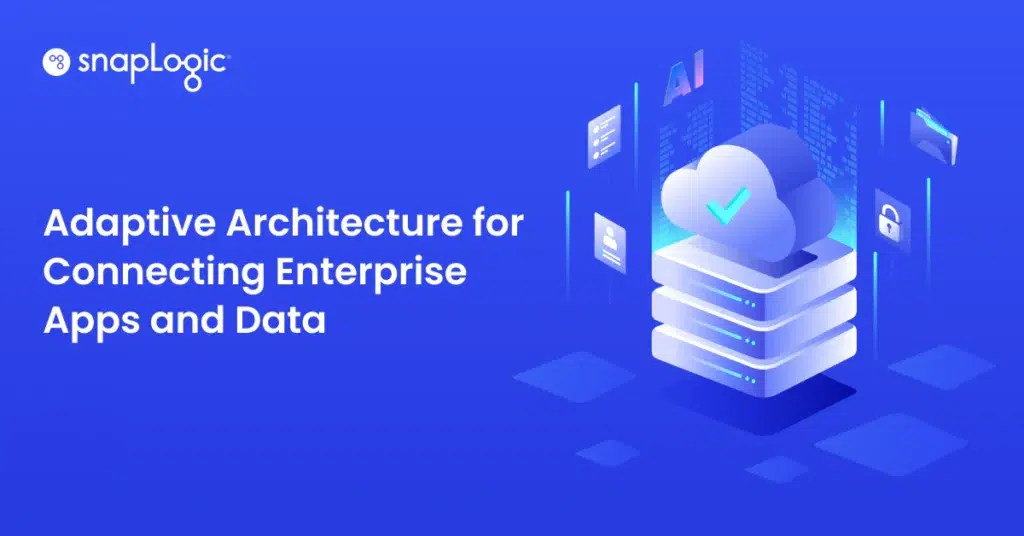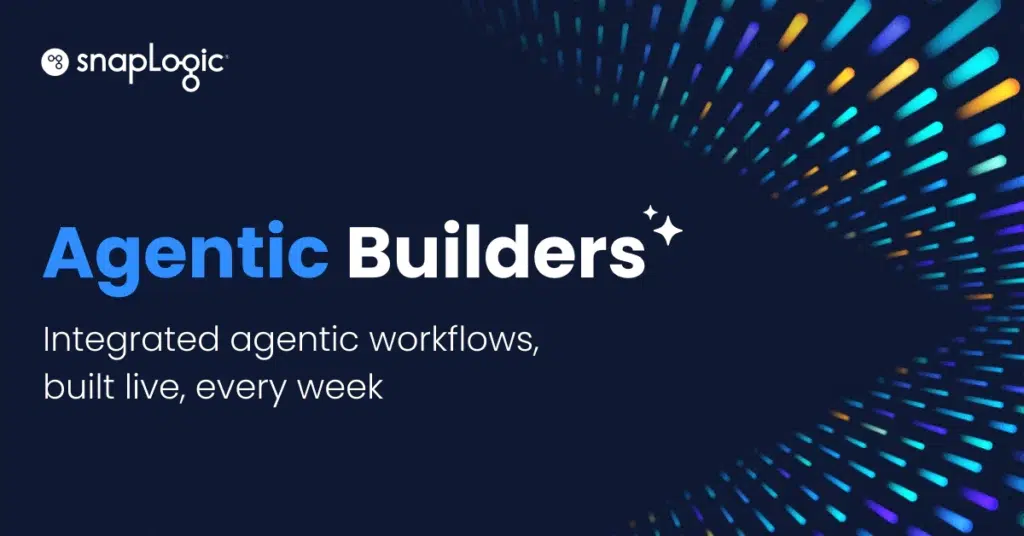What is data aggregation?
Data aggregation is the process of collecting and combining data from different sources into a summarized format for analysis.
This process of data aggregation involves using data aggregation tools and algorithms to compile data from APIs, spreadsheets, CRM systems, and social media. The aggregated data provides a unified view, enhancing real-time decision-making and enabling machine learning applications to optimize operations and automate processes.
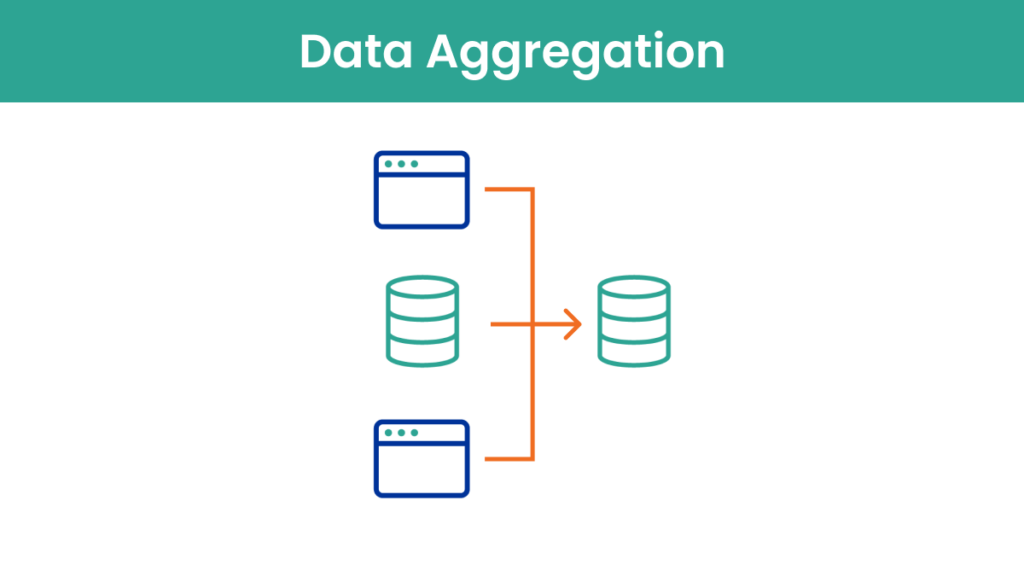
What are the 4 types of data aggregation?
Data aggregation involves various methods to summarize and analyze large datasets. Here are four key types:
- Sum: Adding numerical data points, often used in financial analysis and pricing models.
- Average: Calculating the mean of data points to determine central tendencies, useful in demographic studies and marketing campaigns.
- Count: Counting data points to assess volume, frequently applied in data management and ETL processes.
- Maximum/Minimum: Identifying the highest and lowest values, essential for data quality checks and predictive analytics.
What is the main benefit of data aggregation?
The main benefit of data aggregation is enhanced business intelligence. By consolidating data from various sources, businesses gain a comprehensive view of operations, identifying patterns and trends for better business decisions.
Aggregated data simplifies analysis, reducing the time-consuming task of managing large datasets and enabling quick, informed decisions using data analytics and visualization tools like graphs and dashboards.
What is the difference between raw data and aggregated data?
Raw data is unprocessed information collected directly from sources, often requiring extensive data integration and cleansing. Aggregated data, however, is processed and summarized, making it suitable for analysis and decision-making. This transformation from raw to aggregated data involves steps like spatial aggregation, time aggregation, and statistical analysis, which enhance data granularity and quality, enabling efficient use of data warehouses and data analytics platforms like SQL and Microsoft Excel.
How can data aggregation be used to improve business intelligence?
Data aggregation improves business intelligence by providing a comprehensive view of key metrics and performance indicators. It enables organizations to:
- Identify Trends: Recognize patterns in customer data and market conditions using predictive analytics.
- Optimize Operations: Streamline processes through real-time data and machine learning algorithms.
- Make Informed Decisions: Support strategic planning and resource allocation with summarized data.
- Enhance Reporting: Create insightful reports and visualizations for better communication. Data aggregation facilitates efficient data management, improves data quality, and supports various use cases, from healthcare analytics to marketing campaign optimization, making it indispensable for modern businesses.
Example of data aggregation
In healthcare, data scientists aggregate patient data from multiple sources, such as electronic health records (EHRs) and wearable devices. This aggregated data is used for predictive analytics to anticipate patient needs, optimize treatment plans, and improve patient outcomes. By integrating data from various providers, healthcare organizations can enhance data quality, reduce downtime, and ensure better patient care.
The role of artificial intelligence in data aggregation
Artificial Intelligence (AI) plays a pivotal role in enhancing the data aggregation process. AI algorithms can automatically collect and analyze vast amounts of data from multiple sources, such as IoT devices, social media, and business apps, in real-time. This automation reduces the time-consuming task of manual data collection and processing.
Machine learning models can identify patterns and anomalies in the aggregated data, providing deeper insights and improving data quality. AI-driven data aggregation enables predictive analytics, helping businesses make informed decisions, optimize operations, and create more effective marketing campaigns. By integrating AI with data aggregation, companies can achieve a higher level of precision and efficiency in their data analytics efforts, driving innovation and competitive advantage.
How does generative integration nnhance data aggregation?
Generative integration leverages advanced AI and large language models to revolutionize data aggregation and integration. This innovative approach automates the creation of integration pipelines, seamlessly connecting disparate data sources and reducing manual effort. By interpreting and generating code, generative AI simplifies complex tasks, enhancing efficiency and accuracy in real-time data processing. This method supports predictive analytics and business intelligence, driving innovation and operational excellence. Generative Integration enables businesses to streamline data workflows, maintain high data quality, and gain actionable insights for better decision-making.


